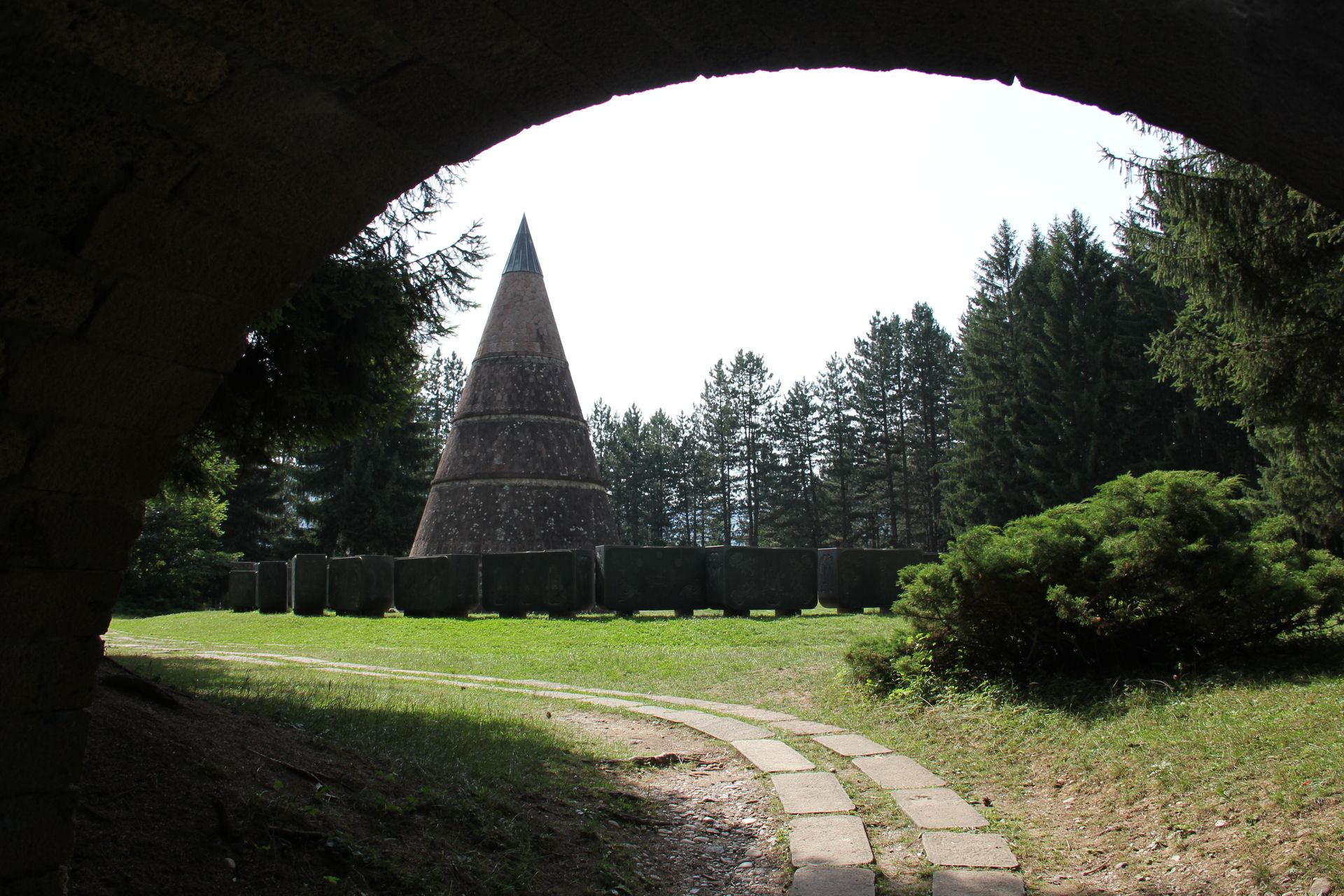Hey there.
I promised myself to keep writing the newsletter while on vacation.
I’m currently up north in a place called Žabljak, in the Durmitor National Park (another UNESCO enlisted site in Montenegro).
It’s funny, UNESCO sites are somewhat hot topic right now in Montenegro, as our minister of urbanism and state property went out and said that we might want to reconsider having Natural and Culturo-Historical Region of Kotor being in that list.
What?
Like, reconsider its outstanding universal values (OUV)…?
…What?
Well, it’s true, some places have declared themselves out of UNESCO list.
Dresden in Germany, for example. People opted out of the list so they could build a bridge that was needed for everyday life.
But, not all cases are the same.
I believe this topic deserves a deep dive so I’ll have to do a special issue.
Ergo, I spent the last few days mostly in nature.
The route towards the Black Lake somehow reminded me of Jasikovac Memorial Park, probably because of the last few issues.
Walking.
Building up.
Experiencing.
How do most experience places?
Walk straight up, snap a photo, leave.
The usual, right?
Or…
Wind through a spiraling path, pass beneath a shadowed archway, and emerge onto a plateau… feel transformed.
The difference? Processional experience.
Most heritage sites think that access equals engagement.
But how you arrive is everything.
Common mistake in heritage design is putting all the effort into the building, then shuffling people straight to it along a flat, eager-beaver path.
What’s lost?
Anticipation
Atmosphere
The sense of crossing a threshold—leaving the ordinary behind
If you want visitors to remember, you have to build a journey, not just a destination.
How to achieve this
There are a number of things you can use to ensure successful processional experience for your project, especially if it’s a heritage site.
The aim is to turn ‘‘quick photo stops” into powerful moments of reverence.
Here are a few key points that can help you achieve that:
1. Entry as Threshold Transformation
Start by marking the psychological doorway—a gate, arch, or sudden change in light/shade.
Create a subtle pause or slowdown. The best processions begin with a “wait”—just like a drumroll before the curtain rises.
Use material shifts: crunch underfoot, echo change, scent, temperature.
2. Spiral vs. Linear Circulation
Spiral approaches (literal or psychological) generate anticipation and a gradual unfolding of context. Each turn teases a glimpse, then withholds the full reveal.
Linear routes can be powerful for “directness” or military memory—but usually kill the buildup.
3. Reveal/Conceal: Orchestrating Perception
Use hedges, walls, embankments, or elevation changes to conceal key features.
At turning points, offer a view or sound cue that hints at what’s next—never give away everything at once.
The approach should feel like peeling back layers of time or meaning, not a straight shot.
4. Gateway Design for Atmospheric Shift
Make gateways more than doors: a literal or metaphorical “compression” before the main experience.
Use darkness, constricted spaces, overhead mass, or acoustics that focus the mind.
Emerging from the gate should feel like stepping into another world—let the first view of the monument hit like a revelation.
Jasikovac Gateway and Spiral Path
When Bogdan Bogdanović reimagined Jasikovac Hill, he could have dropped a pathway right up the slope.

Fig. 1. Procession under the arch. Author: Radović David.
But, instead, he did this:
The approach dips—not climbs—drawing visitors down under a sunken, arched brick gateway.
Hollow, echoing footsteps and tunnel-cool air slow the body and mind.
The curved, gradually ascending spiral path gently unwinds the landscape; each step reveals more, but never the whole.
Winds “catch” in the corridor, spiraling just as the visitor’s mind does—deepening the feeling of transition.
Visitors don’t just arrive.
They are transformed by the time they reach the main space.
The experience is cultivated, step by step.
A monument is only as powerful as the journey it takes you on.
Direct paths might be efficient, but spirals make memory unforgettable.
How will your next project move people—physically, emotionally, spiritually?
Of course, this is not an easy process.
But, if you need guided help, I offer close consultations on contextual design and heritage impact.
Reach out if this is for you.
Thanks for reading.
~ David
Future Heritage is a newsletter on the critical intersections of architecture,
culture, and philosophy.
Spread the word — share with your own network.
Reach out for collaboration.
